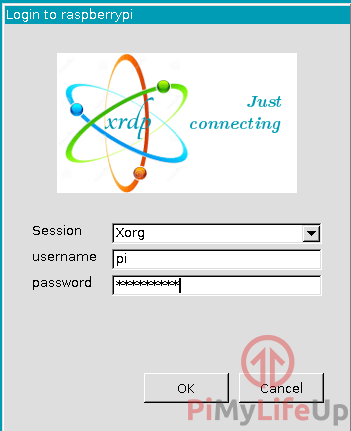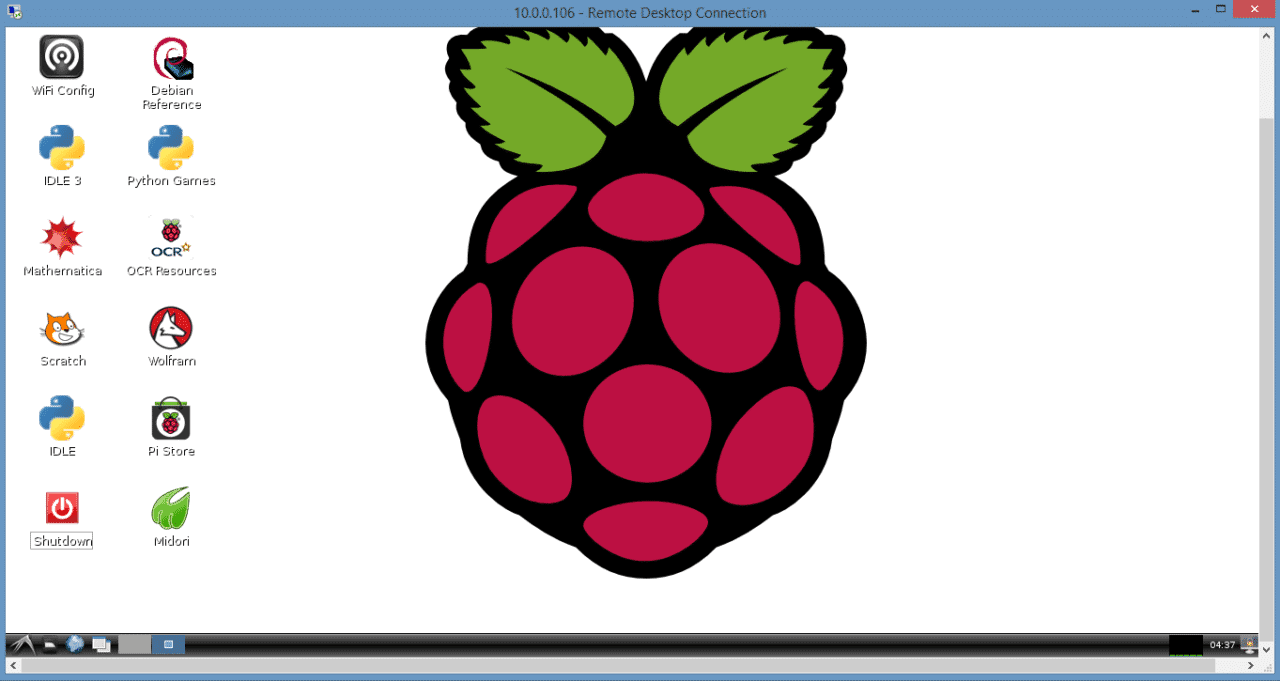Remote Access Software For Raspberry Pi: A Comprehensive Guide
Introduction
Remote access to your Raspberry Pi has become an essential feature for many users, whether you're managing home automation systems, running servers, or just tinkering with your favorite projects. With remote access software, you can control your Raspberry Pi from any device connected to the internet. In this article, we will explore various methods and tools for remote access, including SSH, VNC, and more, ensuring you have the knowledge to set up a secure and efficient connection.
Why Use Remote Access for Raspberry Pi?
Remote access offers several advantages for Raspberry Pi users:
- Convenience: Control your Raspberry Pi without needing physical access.
- Flexibility: Manage your device from anywhere in the world.
- Security: Use secure connections to protect your data and device.
- Efficiency: Perform maintenance tasks, monitor performance, and troubleshoot issues remotely.
These benefits make remote access an invaluable tool for both beginners and advanced users alike.
- Movie Download Website
- Securely Connect Remote Iot Vpc Raspberry Pi Download Free
- Pining For Kim Tailblazer
- Kamiki
- Maal49
Methods for Remote Access
There are several methods to remotely access your Raspberry Pi. Below, we will discuss the most common and effective ones:
1. SSH (Secure Shell)
SSH is the most common way to access your Raspberry Pi remotely. It provides a secure terminal connection to your device, allowing you to execute commands and manage files.
- How to Use SSH: Enable SSH on your Raspberry Pi by running `sudo raspi-config` and selecting the SSH option. Then, use an SSH client like PuTTY (for Windows) or the built-in terminal (for macOS and Linux) to connect.
- Advantages: Lightweight, secure, and easy to set up.
- Limitations: Limited to command-line access; no graphical interface.
2. VNC (Virtual Network Computing)
VNC allows you to access the full desktop experience of your Raspberry Pi remotely. It's included by default on Raspberry Pi OS and works from any device.
- Isha Rana Viral Video
- Securely Connect Remote Iot Vpc Raspberry Pi Aws Download Free
- Movierulz Web Series
- Conchita Mart%C3%ADnez Wife
- Rei Kamiki
- How to Use VNC: Enable VNC in `raspi-config`, install a VNC client on your remote device, and connect using the IP address of your Raspberry Pi.
- Advantages: Full graphical interface, easy to use for beginners.
- Limitations: May require more bandwidth compared to SSH.
3. Remote Desktop (RDC)
With remote desktop software like Splashtop, you can gain easy remote access and control of your Raspberry Pi device. This method is particularly useful if you're familiar with Windows Remote Desktop Protocol (RDP).
- How to Use Remote Desktop: Install a remote desktop server on your Raspberry Pi and connect using a compatible client on your remote device.
- Advantages: Seamless integration with Windows systems.
- Limitations: May require additional configuration for optimal performance.
4. TeamViewer
TeamViewer is proprietary software that provides remote access to your Raspberry Pi over the internet. It's user-friendly and supports both command-line and graphical interfaces.
- How to Use TeamViewer: Install the TeamViewer package on your Raspberry Pi and connect using the TeamViewer client on your remote device.
- Advantages: Easy setup, cross-platform compatibility.
- Limitations: Not open-source; may not be suitable for all users.
5. PiTunnel
PiTunnel is a simple and secure solution for remote access to your Raspberry Pi. It allows you to expose SSH or VNC over the open internet, within a VPN, or using an external server.
- How to Use PiTunnel: Run a one-line setup command on your Raspberry Pi to install PiTunnel and link your device with an account.
- Advantages: Secure, straightforward installation.
- Limitations: May require additional configuration for advanced users.
Setting Up Remote Access
Here’s a step-by-step guide to setting up remote access for your Raspberry Pi:
- Enable SSH/VNC: Use `raspi-config` to enable SSH or VNC on your Raspberry Pi.
- Install Remote Access Software: Depending on your chosen method, install the necessary software on your Raspberry Pi.
- Connect Your Device: Use a compatible client on your remote device to connect to your Raspberry Pi.
- Test the Connection: Ensure that you can successfully access your Raspberry Pi remotely.
Best Practices for Secure Remote Access
While remote access offers convenience, it's crucial to prioritize security. Follow these best practices:
- Use strong, unique passwords for your Raspberry Pi.
- Enable two-factor authentication (2FA) if supported by your remote access software.
- Regularly update your Raspberry Pi OS and remote access software to patch vulnerabilities.
- Consider using a VPN for added security when accessing your Raspberry Pi over the internet.
Use Cases for Remote Access
Remote access to your Raspberry Pi can be applied in various scenarios:
- Home Automation: Control smart home devices and monitor their status remotely.
- Surveillance Systems: Access live camera feeds and manage security settings from anywhere.
- IoT Projects: Monitor and control IoT devices connected to your Raspberry Pi.
- Server Management: Manage web servers, file servers, or other services running on your Raspberry Pi.
Conclusion
In this article, we’ve explored the world of remote access software for Raspberry Pi. From SSH and VNC to TeamViewer and PiTunnel, there are numerous tools and methods available to suit your needs. Whether you’re looking for a lightweight command-line solution or a full graphical interface, you can find a secure and efficient way to control your Raspberry Pi remotely.
Remember to prioritize security when setting up remote access, and consider the specific requirements of your projects when choosing a method. With these tools and best practices, you’ll be able to unlock the full potential of your Raspberry Pi, no matter where you are.

How to Setup Raspberry Pi Remote Desktop - Pi My Life Up

How to Setup Raspberry Pi Remote Desktop - Pi My Life Up

How to Access the Raspberry Pi Desktop with a Remote Desktop Connection